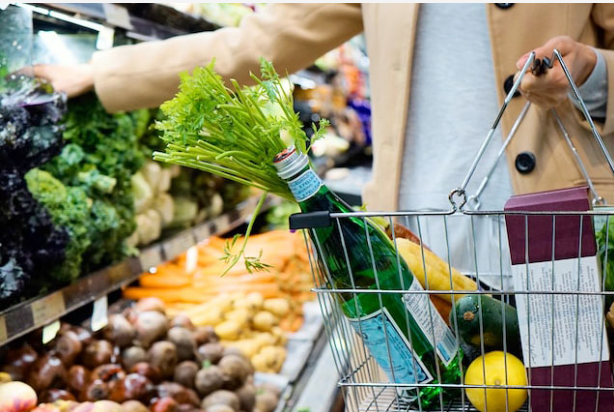SA’s food inflation remains high – EFPM report

Cape Town – The latest Essential Food Pricing Monitoring (EFPM) report from the Competition Commission reveals that while overall inflation has decreased, food inflation in South Africa remains nearly twice as high as the inflation rate for all goods and services.
The report highlights a phenomenon known as the “rocket and feather” effect, where retail prices rise quickly after wholesale costs increase but fall slowly when costs decrease.
This effect is observed in products like maize meal, cooking oil, and bread.
The Commission is actively monitoring essential food prices and investigating the factors contributing to food inflation, emphasising transparency in profit margins set by producers and retailers.
“This ensures transparency regarding the profit margins set by producers and retailers of these products. With upstream commodity prices declining in the first half of 2023, the Commission is now focusing on how quickly this translates into lower prices for consumers,” the Commission said in a statement.
Despite a decline in commodity prices in the first half of 2023, the report suggests that these price drops have not consistently translated into lower prices for consumers due to various cost pressures faced by producers and retailers.
Comparing South Africa to Canada, Ireland, and the UK, the report finds that local retailers are more profitable, potentially due to differences in competition levels.
“These reports assess trends in retail profits over the past three to four years. When comparing their findings to South Africa, we notice that local retailers are much more profitable than their counterparts in these countries. This could be due to various factors, including differences in the level of competition.
“Additionally, in some markets like the UK, retailer margins are decreasing, as discounters gain prominence, while in South Africa, margins increased between 2019 and 2022 before a recent decline primarily attributed to load shedding costs.
“This edition of the EFPM report also provides an overview of the work that has been done by other researchers, who have found evidence of the rocket and feather effect in local staple food value chains reviewed, where prices rise quickly during inflationary periods and decline slowly when inflation subsides,” the Commission said.
The report discusses the “rocket and feather” effect in local staple food value chains, where prices rise quickly during inflationary periods but decline slowly when inflation subsides, possibly indicating competition issues. Key findings include delayed price drops for bread, maize meal, and cooking oil despite falling commodity prices.
The EFPM report also addresses the South African beef sector, noting increasing concentration and vertical integration across the value chain. The number of commercial cattle farmers has significantly decreased, and the top 10 cattle feedlots now account for almost 70% of cattle. While weaner calve prices decreased in 2023, the retail price for beef cuts did not, resulting in retailers’ share of the shelf price reaching 40%, the highest since January 2021.
Comments are closed.